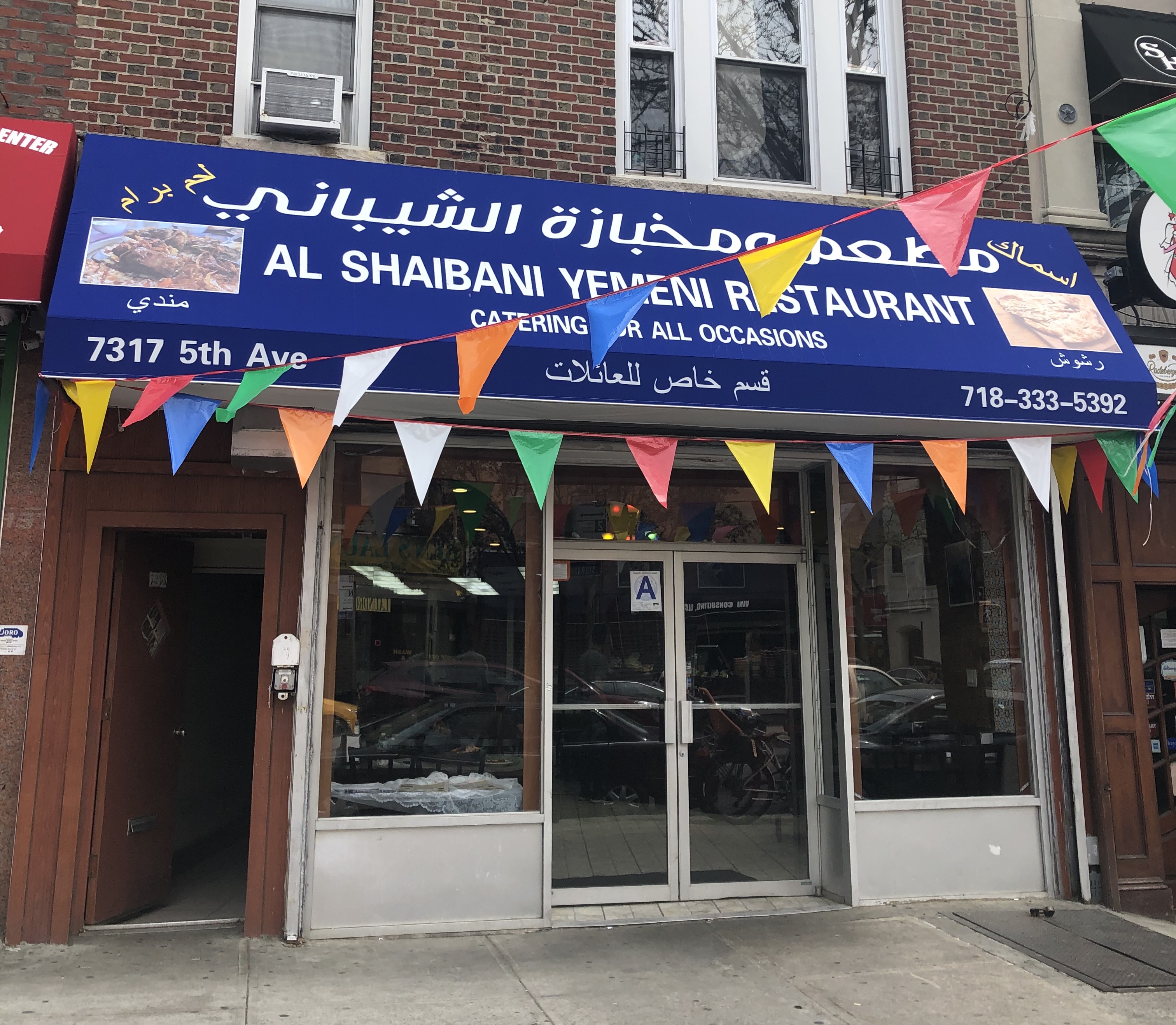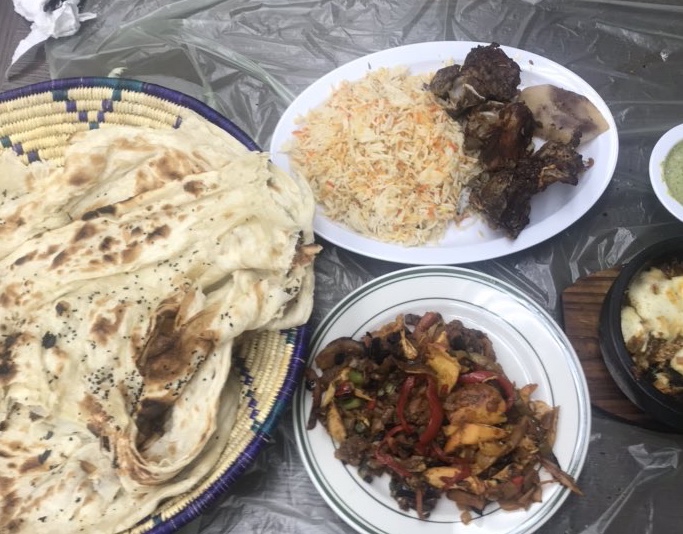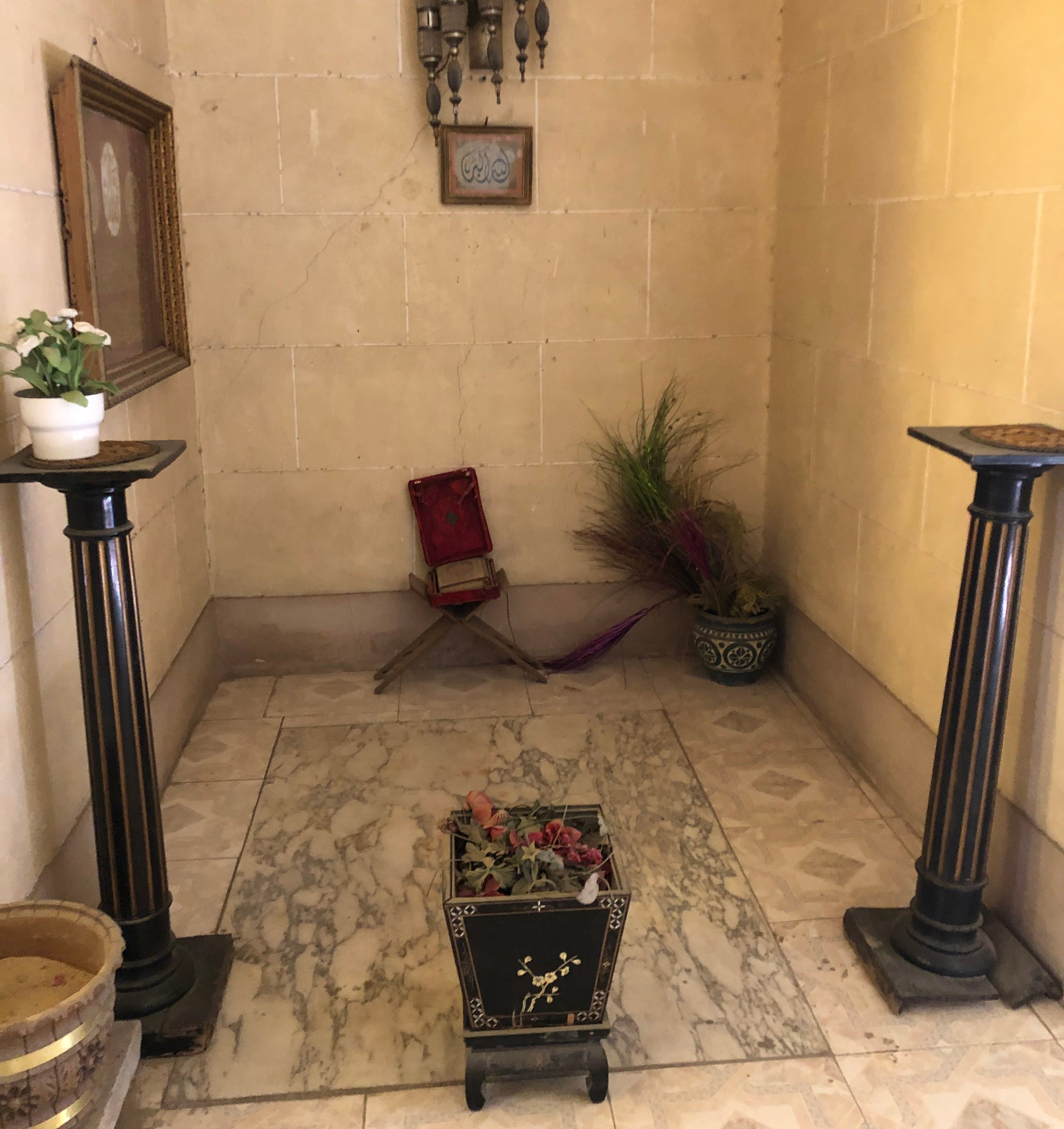The last name Shaibani is more or less synonymous with solid, well priced Yemeni food. While the Shaibani family hails from Taiz province, Shaibanis are present in numerous Yemeni and international cities, with roughly half a dozen of them dotting Yemeni capital’s upmarket Haddah street. The first Yemeni restaurant I ate in was a Shabiani—a place I was guided to while somewhat jetlagged with my friend Azd’s father, equal parts confused and amazed by the as-yet-unknown culinary banquet that I was eventually confronted with. When I heard through the grapevine that a Shaibani—or at least a place being called a Shaibani—had opened up in the Brooklyn neighborhood of Bay Ridge, I was immediately intrigued.

In many regards, it was a long time coming. Long boasting one of the most vibrant Arab neighborhoods in the US, Bay Ridge is also a key hub of the Yemeni-American community. Once a heavily Italian, Irish and Norwegian neighborhood, over the past few decades, Ba Ridge has developed into Brooklyn’s Edgeware Road equivalent, with shops boasting a mix of Arabic and English signage and a flurry of restaurants, Arab groceries and specialty shops popping up.
Ironically, as Yemen has descended into war, Bay Ridge has boomed. Many Yemeni-American businessmen and shop-owners have directed a lot of money that would have previously been sent home internally, something that’s lead to an uptick in investment. As I walked down 5th Avenue, the neighborhoods commercial hub, with my friend Rabyiah, a Yemeni-American organizer and activist who grew up in the area, we ended up stopping nearly every minute as she pointed out a new shop, each one representing a different story of hard work and perseverance. Incredibly, this has all come as Yemenis continue to be targeted by the Trump administration’s travel ban. It has affected nearly the entirety of the community, in many cases literally ripping families apart. But it has also served as the catalyst for unprecedented mobilization of Yemeni-Americans as epitomized by formation of the Yemeni-American Merchant Association (YAMA) and, most famous, the 2017 bodega strike, which saw New York’s roughly 5000 Yemeni-owned bodegas shut in protest of the travel ban.

Located in a redbrick building that reminded me of one of the front of my favorite Italian-owned Hoagie places in Philadelphia, the Brooklyn Shaibani similarly gestured to the culinary benefits of immigration. Rabyiah and I ordered fahsa, aqda and haneed, my general go-tos. The fahsa was excellent, as was the bread. The aqda—though delicious—struck me as quite unorthodox; the means of cooking both the chicken and vegetables was rather different than anything I ever remember eating in Yemen. The rice was perfectly spiced to the point of literally giving me flashbacks. To add to everything, they even sell Yemeni sweets made in a shop in Patterson New Jersey that I was, until now, wholly unaware of; the breadth and taste sweets themselves was quite impressive, even by the standards of Yemeni places in the wider Middle East.
The Brooklyn Shaibani is located at 3717 5th Avenue, Brooklyn NY 11209.
Crossposted on my Medium.











